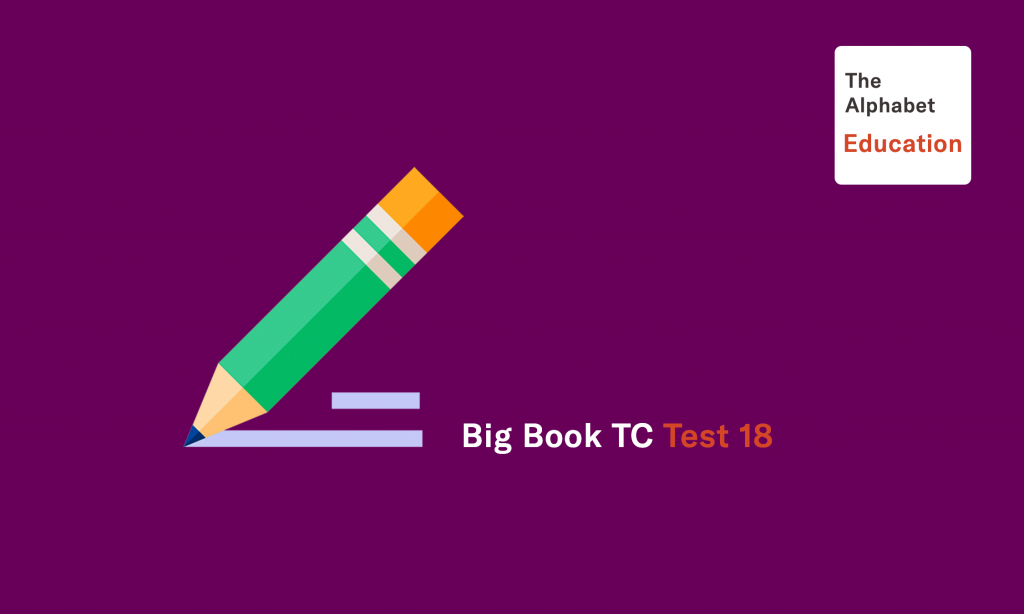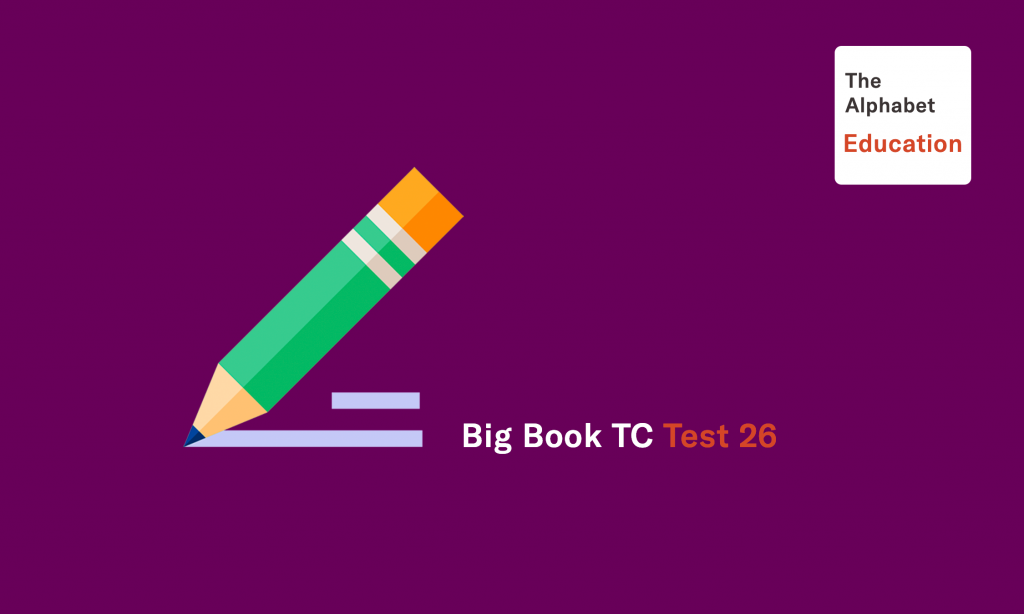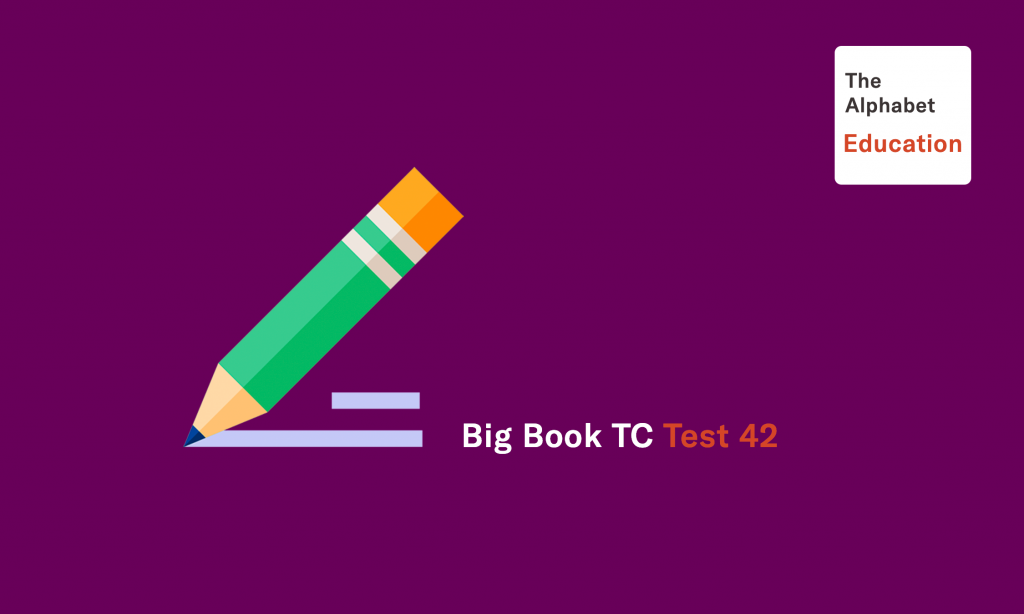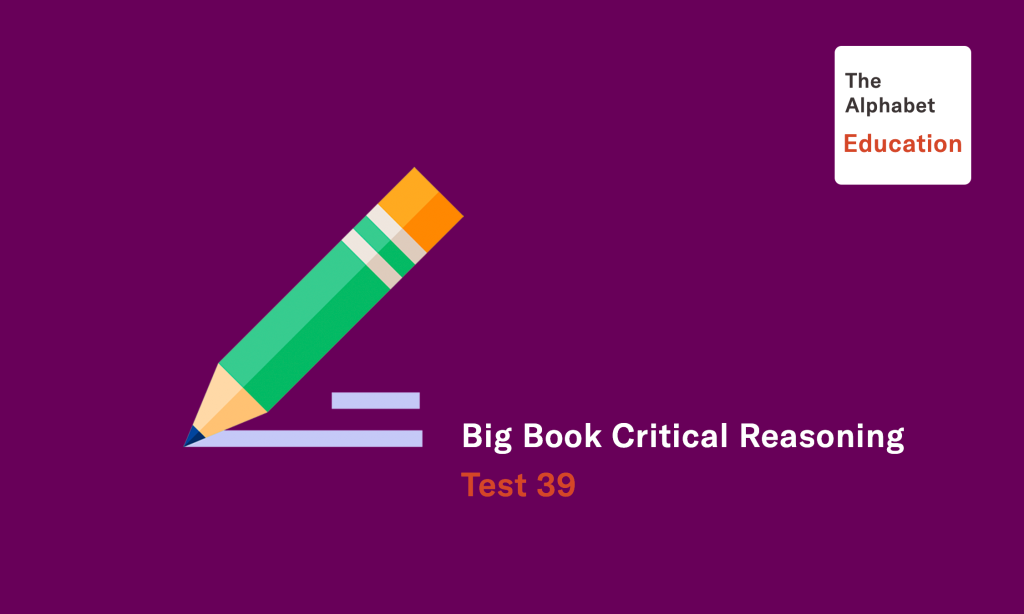GRE Critical Reasoning
Critical Reasoning questions test the ability to understand, analyze, and evaluate arguments. Some of the abilities tested by specific questions include identifying the roles played by specific phrases or sentences in an argument, recognizing the point of an argument, recognizing assumptions on which an argument is based" drawing conclusions and forming hypotheses, identifying methods of argumentation, evaluating arguments and counter-arguments, and analyzing evidence.
Each of the Critical Reasoning questions is based on a short argument, a set of statements, or a plan of action. For each question, select the best answer of the choices given.
People often do not make decisions by using the basic economic principle of rationally weighing all possibilities and then making the choice that can be expected to maximize benefits and minimize harm. Routinely, people process information in ways that are irrational in this sense.
#1
One of the world’s most celebrated paintings, The Man with the Golden Helmet, long attributed to Rembrandt, is not a Rembrandt after all. So say several art experts, who base their conclusion on an analysis of stylistic features, especially details both of shading and of brushwork. In order to ascertain who really painted the well-known masterpiece, the experts have begun a series of sophisticated new tests, including one that involves the activation of neutrons. These tests yield patterns for any painter that are as distinctive as a good set of fingerprints.
#2
A placebo is a chemically inert substance prescribed more for the mental relief of a patient than for its effect on the patient’s physical disorder. It is prescribed in the hope of instilling in the patient a positive attitude toward prospects for his or her recovery. In some cases, the placebo actually produces improvement in the patient’s condition. In discussing the use and effect of placebos, a well-known medical researcher recently paid physicians the somewhat offbeat compliment of saying that physicians were the ultimate placebo.
#3
The Occupational Safety and Health Administration (OSHA) was established to protect workers from accidents and unsafe conditions on the job. There has actually been an increase in the number of job-related accidents under OSHA. This demonstrates the agency’s ineffectiveness.
#4
Being an only child has little to do with a child’s social development. A recent study that followed thirty only children and thirty-five first-born children to the age of three found that the two groups of children behaved very similarly to each other toward their peers, their parents, and other adults.
#5
Manufacturers of household appliances in the United States are introducing an array of computerized technologies in the work of many of their factories in an effort to regain a lead eroded by international competition. On the basis of changes that have already taken place, experts predict a golden age for the consumer of better-designed and better- built products.
#6
Geographers and historians have traditionally held the view that Antarctica was first sighted around 1820, but some sixteenth-century European maps show a body that resembles the polar landmass, even though explorers of the period never saw it. Some scholars, therefore, argue that the continent must have been discovered and mapped by the ancients, whose maps are known to have served as models for the European cartographers.



